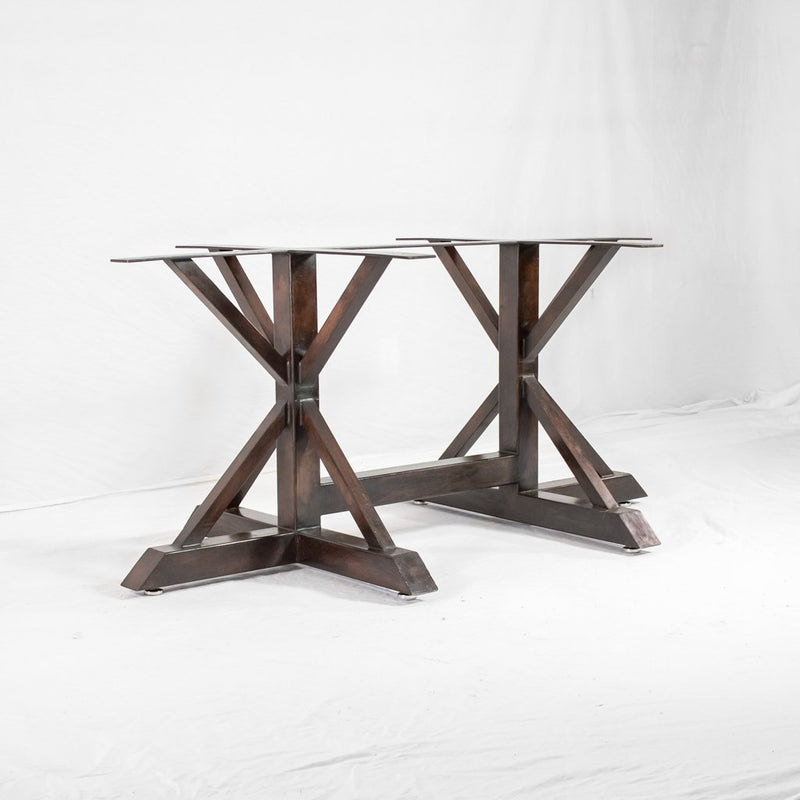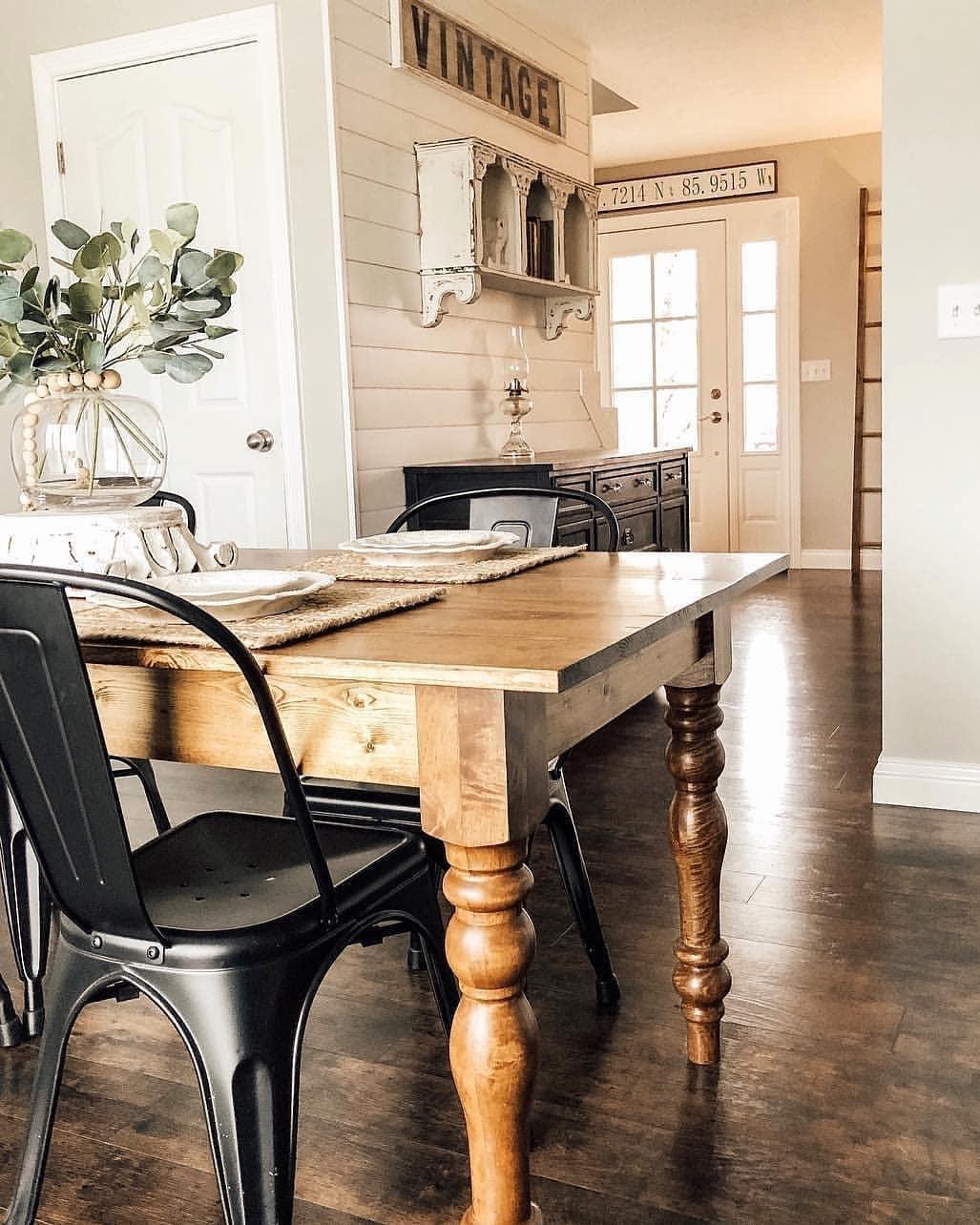How to Choose the Perfect Dining Room Table Legs for Your Home
How to Choose the Perfect Dining Room Table Legs for Your Home
Blog Article
Expert Tips for Setting Up Eating Room Table Legs for Maximum Stability
When it comes to installing dining space table legs, attaining maximum stability is critical for both capability and aesthetics. What certain strategies can improve security even additionally?
Select the Right Legs
When selecting the suitable legs for your eating area table, it is necessary to take into consideration both functionality and looks. The legs you pick will dramatically affect the overall style and security of the table. Initially, evaluate the table's meant use; if you anticipate frequent gatherings, sturdier legs, such as those made from strong timber or steel, might be better, as they provide boosted sturdiness and assistance.
Basic eating tables generally vary from 28 to 30 inches in height, so make certain the legs straighten with this standard for comfort. Tapered legs can include a modern touch, while transformed legs may share a much more timeless aesthetic.

Select Appropriate Equipment
How can the best equipment enhance the security and durability of your dining-room table? The selection of suitable hardware is vital to making sure that the legs of your table are firmly connected and able to hold up against regular usage. Top quality screws, bolts, and brackets provide the required stamina to sustain the weight of the table, along with any additional loads positioned upon it throughout dishes or gatherings.
When selecting screws, choose for those made from durable materials such as stainless steel or brass, which withstand deterioration and keep honesty with time. The size of the screws is equally crucial; they ought to pass through deeply into the table's structure without compromising stability. For bolted links, think about utilizing lock washing machines to stop loosening up because of vibration or motion.
In addition, making use of corner braces can include added assistance, specifically for larger tables or those with heavier tops. These brackets distribute weight evenly and assist keep the table's shape. Ensuring that the equipment you select is suitable for the specific materials of your table will even more boost its overall stability and long life, enabling you to appreciate your eating experience for many years to come.
Ensure Appropriate Positioning
Correct positioning of dining space table legs is vital for both aesthetic allure and practical stability. Misaligned legs can lead to an uneven table top, which may not only be aesthetically unappealing but additionally jeopardize the table's functionality. To accomplish ideal placement, go right here start by determining the distance from the table's edges to the leg attachment factors. This makes sure that each leg is positioned equidistant from the edges, developing a balanced appearance.
Make use of a degree throughout setup to verify that each leg is perpendicular to the tabletop. It is recommended to mark the wanted leg positions on the underside of the table with a pencil or concealing tape prior to safeguarding them.
Moreover, ascertain the positioning after the first screws are tightened up, as changes might be required before completely securing the hardware. By focusing on proper alignment, you not only enhance the table's general style yet additionally ensure that it remains stable and functional for years to come.

Consider Weight Circulation
After making sure correct placement of the dining-room table legs, it is essential to take into consideration weight circulation to enhance stability and capability. dining room table legs. Appropriate weight distribution is essential in preventing making certain and tottering that the table can sustain its intended lots without risk of tipping or falling down
When positioning the legs, ensure they are put at equivalent ranges from the facility of the table to equally distribute the weight across the framework. Think about the weight of the tabletop and any type of products that will regularly relax on it, such as tabletop home appliances or decorative items. Tables with much heavier surface areas ought to ideally have legs located closer to the edges, as this makes best use of the base of assistance and lessens the danger of instability.
Additionally, if the table is meant for usage in a high-traffic location, think about utilizing much heavier materials basics for the legs or including supporting elements, such as cross-bracing or a reduced shelf - dining room table legs. These modifications can aid maintain equilibrium and stop moving throughout use. Ultimately, a well-considered weight distribution technique will significantly improve the table's general efficiency, ensuring it stays a eye-catching and functional focal point for your eating room
Test Security Before Use
Testing the security of the eating area table prior to usage is a crucial step that should not be neglected. If the table shows instability, identify the legs or joints that may require adjustment.
Next, examine that all fasteners and screws are tightened up properly. Loosened connections can cause instability and prospective damages in time. If necessary, utilize wood glue on joints to improve security, making certain to allow appropriate drying out time.

Conclusion
To conclude, the setup of dining room table legs requires careful consideration of materials, weight, hardware, and placement circulation to accomplish optimum stability. By choosing tough legs and top quality fasteners, making certain exact positioning, and dispersing weight equally, the structural stability of the table can be considerably boosted. Conducting a stability examination before normal usage even more guarantees that the table will endure daily pressures, consequently supplying a secure and trustworthy dining experience.
When it comes to mounting eating area table legs, achieving optimum stability is vital for both capability and visual appeals. The legs you choose will considerably impact the total design and security of the table (dining room table legs). Typical dining tables generally vary from 28 to 30 inches in height, so make certain the legs straighten with this criterion for comfort.Proper placement of eating space table legs is crucial for both visual charm and practical security.In conclusion, the setup of dining space table legs needs careful consideration of products, weight, hardware, and positioning circulation to attain optimum security
Report this page